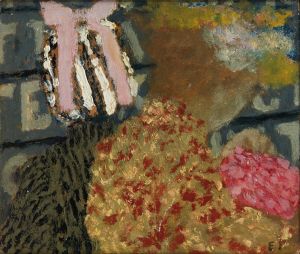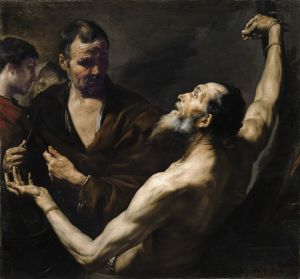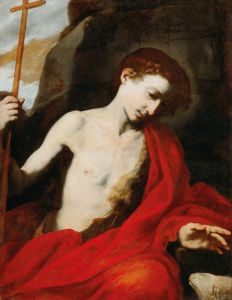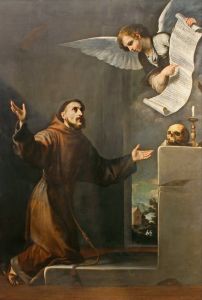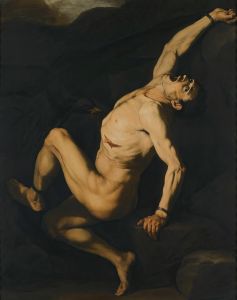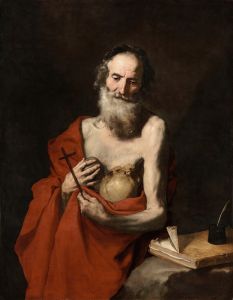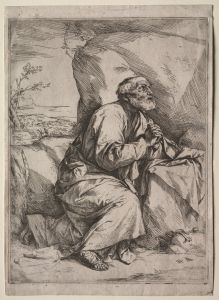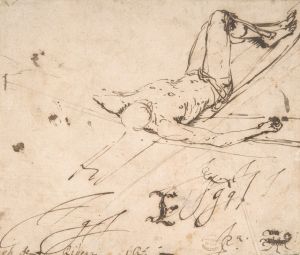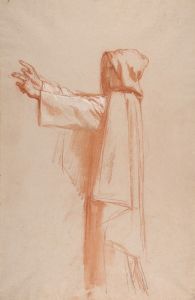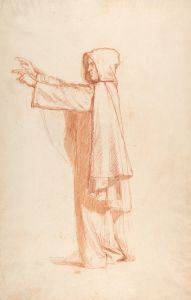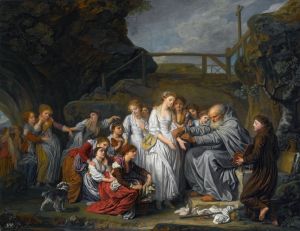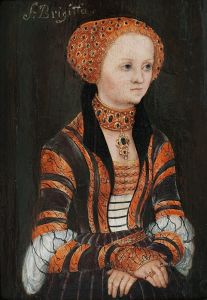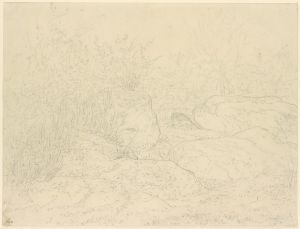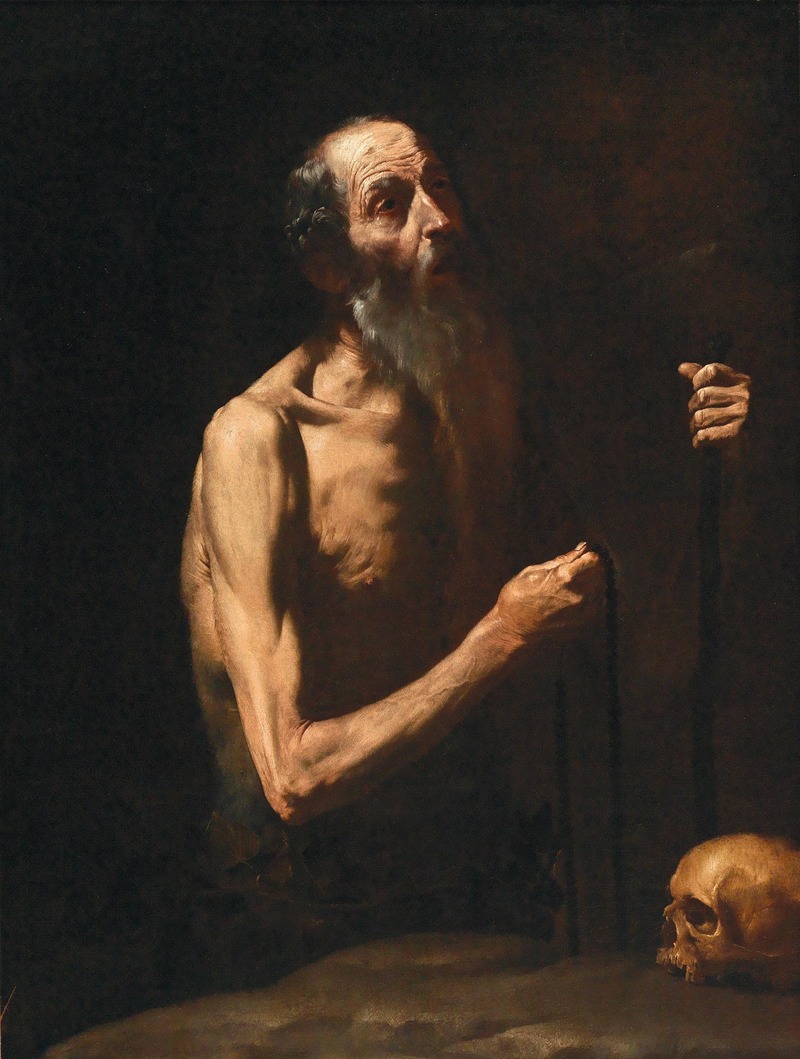
Saint Onuphrius
A hand-painted replica of Jusepe de Ribera’s masterpiece Saint Onuphrius, meticulously crafted by professional artists to capture the true essence of the original. Each piece is created with museum-quality canvas and rare mineral pigments, carefully painted by experienced artists with delicate brushstrokes and rich, layered colors to perfectly recreate the texture of the original artwork. Unlike machine-printed reproductions, this hand-painted version brings the painting to life, infused with the artist’s emotions and skill in every stroke. Whether for personal collection or home decoration, it instantly elevates the artistic atmosphere of any space.
Saint Onuphrius by Jusepe de Ribera is a notable painting created by the Spanish artist Jusepe de Ribera, who was active during the early 17th century. Ribera, known for his dramatic realism and tenebrism, was a prominent figure in the Baroque movement and spent much of his career in Naples, Italy. His works are characterized by their intense emotional depth and meticulous attention to detail, often depicting religious and mythological subjects.
The painting of Saint Onuphrius is a striking example of Ribera's skill in capturing the human form and conveying the spiritual intensity of his subjects. Saint Onuphrius, a Christian hermit and ascetic, is depicted in a manner that reflects his life of solitude and devotion. According to Christian tradition, Onuphrius lived in the Egyptian desert for sixty years, dedicating his life to prayer and penance. His story is one of humility and spiritual endurance, themes that Ribera effectively conveys through his artistic choices.
In the painting, Ribera portrays Saint Onuphrius as an elderly man with a long, flowing beard, a common iconographic element associated with hermits and ascetics. The saint is shown with a lean, emaciated body, emphasizing his life of self-denial and fasting. His gaze is directed upwards, suggesting a connection with the divine and a life spent in contemplation. The background is typically dark, a hallmark of Ribera's use of tenebrism, which serves to highlight the figure of the saint and create a sense of intimacy and focus.
Ribera's use of light and shadow in the painting is masterful, drawing attention to the saint's expressive face and the texture of his skin and hair. The chiaroscuro technique employed by Ribera not only enhances the three-dimensionality of the figure but also imbues the painting with a dramatic intensity that is both captivating and contemplative. This technique was influenced by Caravaggio, whose work had a significant impact on Ribera and other Baroque artists.
The painting of Saint Onuphrius is housed in the Museu Nacional d'Art de Catalunya in Barcelona, Spain. It is part of a larger collection of Baroque art that showcases Ribera's contributions to the period and his influence on subsequent generations of artists. The work is appreciated for its technical excellence and its ability to convey the spiritual fervor of its subject.
Ribera's depiction of Saint Onuphrius is not only a testament to his artistic prowess but also a reflection of the religious and cultural context of the time. The Counter-Reformation period, during which Ribera was active, saw a renewed emphasis on religious imagery and the lives of saints as models of piety and devotion. Paintings like Saint Onuphrius served to inspire the faithful and reinforce the values of the Catholic Church.
In summary, Saint Onuphrius by Jusepe de Ribera is a powerful representation of a revered Christian hermit, rendered with the dramatic realism and emotional depth characteristic of the Baroque era. Ribera's skillful use of light and shadow, combined with his attention to detail, results in a work that continues to resonate with viewers and exemplifies the spiritual and artistic ideals of its time.





